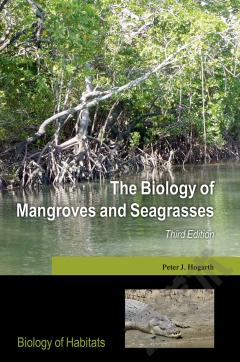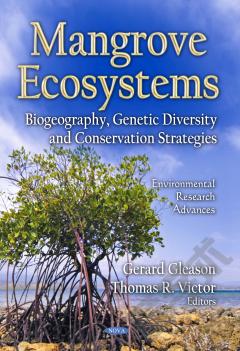Mangroves: Ecology, Biology and Taxonomy
Mangrove ecosystems are tropical or subtropical communities of mainly tree species which can be found on low, muddy, usually intertidal coastal areas. They cover an area of approximately twenty million hectares throughout the world, with the largest expanses occurring in Malaysia, India, Brazil, Venezuela, Nigeria and Senegal. Mangrove communities are of great ecological importance due to the role they play as habitat builders and shoreline stabilizers. They typically grow in saline coastal soils, which develop through a combination of two processes: mineral sediment deposition and organic matter accumulation. This book presents topical research from across the globe in the study of mangroves, including the eco-biology of mangroves; the mangrove ecosystem of Sundarbans, India; mangrove wetland ecosystem modeling in the Everglades; and the microbial diversity from mangrove sediments.
{{comment.content}}








 京公网安备 11010802027623号
京公网安备 11010802027623号